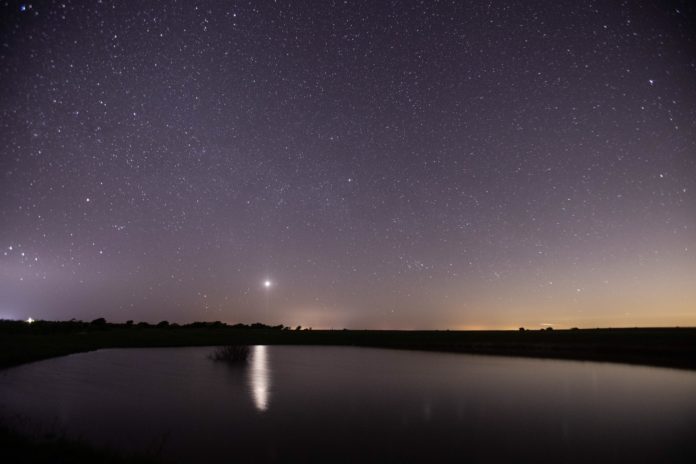By Carson Lewis | Assistant Digital Managing Editor
2020 has been a nightmare, disrupting social life and any sense of normalcy on the planet. During such a time, it might be of some solace to gaze toward the night sky.
From early astronomers to the Hubble Space Telescope, humans have long loved the constellations as a way to practice mathematics or recreationally consider the possibility of life outside of Earth’s atmosphere. While many opportunities to see the stars have been limited due to COVID-19, it’s still possible to have incredible experiences spending nights with eyes raised.
For prospective astronomers, the Paul and Jane Meyer Observatory, located at 14801 Farm to Market Rd 182 in Valley Mills, is one of the closest observatories for Baylor audiences to explore. The Central Texas Astronomical Society hosted monthly open houses there, but these have since been cancelled. It is still yet to be determined if these events will be continued in the future.
While many may take a look at Amazon’s list of telescopes, for the cost-saving astronomer, the best bet is most likely a family set of binoculars which can be just as good, if not better, than a cheap telescope set. Binoculars also provide a level of maneuverability and simplicity that telescopes just can’t compete with. If hand-me-down binoculars aren’t easy to come by, some can be bought for around $300 on Amazon.
On the fence about this new hobby? No worries. As a budget of $45 or less can serve as a nice-stepping off point for future purchases. I’d advise these.
When looking for where to start when gazing at the cosmos, the website of the Hubble Space Telescope has produced a series for October skies, giving an easy guide for viewing. Other guides can be found online, and some can even be installed on smartphones to help direct one’s gaze. Apps like Star Walk 2, or Star Chart can use augmented reality to point viewers in the right direction to see their favorite constellations.
A constant enemy will be found when looking for areas to stargaze: light pollution. The light given off by cities and areas with a dense population can be detrimental to those who want to see a sky that is clear of outside light. Anyone who’s camped out in Montana, West Texas or the Pacific Northwest can attest to the fact that night skies seem to light up in areas far from cities. Luckily for central Texas residents, a variety of “dark sky communities” have committed to preserving the natural wonder of the night sky.
An IDA International Dark Sky Communities, according to Darksky.org, is a community that has implemented and enforced outdoor lighting ordinances and dark sky education, making it easier to see the night sky.
The closest of these communities is the River Hills community near Austin. Other locations can be found on the IDA’s “Find a Dark Sky” page.
For many people, an escape is needed from all the stress of life in a pandemic. The skies can provide a refuge for those tired of the problems on the surface, and by directing one’s eyes upwards after the sun sets, it’s easy to take a deep breath and get some much needed relaxation.






